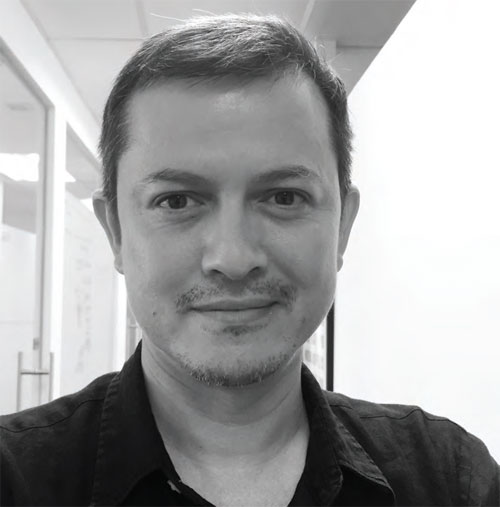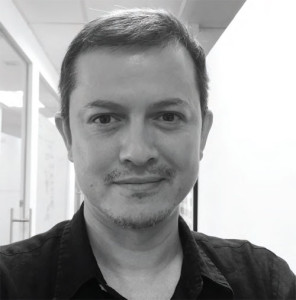

Frank: Asian factual storytelling is always in a state of change. There are large numbers of producers from Asia with a massive variety of approaches. From independent filmmakers’ vision much loved in Taiwan to commercial models of factual entertainment that drives the region’s cable channels.
What we’re seeing now is how demand is changing rapidly as new platforms and new taste emerge. Now you’ve got more platforms interested in the blue chip content that cables had lost interest in. You’ve got more evolution in markets like China, where audiences are after informative, educative content and also gaining an appetite for the reality approach, which is much loved by the West. Then you’ve Discovery and Nat Geo which is publicly declaring that they need to return to their roots. In a nutshell, it’s very different and yet it’s also the same.
Why is Asian factual content less popular in the West? Is there a feeble in Asian storytelling?
Frank: I don’t think it’s easy to define. Asia is a melting pot of different cultures, languages and religions. Asian channels struggle to create pan-regional content. There are several other set-backs such as the lack of funding, the channel’s ambition to focus on their specific audiences, and where the programme aired. American channels have zero appetite for Asian content and there is better respond from Europe buyers.
Budgets across Asia for factual are pretty small. Independent filmmakers have lesser access to a range of grants and offsets that support their projects. Branded content is the driving force behind most cable channels now in Asia. So why does that work? The typical small approach supporting domestic stories work well for the local markets and audiences but this won’t travel to other territories.
We have made regional stories that travel well, wining worldwide audiences and awards, together with strong partners. PTS in Taiwan is a good example; they invested time and effort to create strong documentaries that resonate with audiences who don’t speak Chinese. The issue is always about numbers – even as big players like Netflix come to town, will they have enough content to draw viewers regionally? Will they be willing to spend on content that works for Asia and not in America? Will they have to produce more local content and if so, who will tailor make these?
How will children discover factual content in an ondemand world?
Frank: My own kids are able to filter content and they’re just 8 and 10 years-old, and way ahead of me in terms of content gathering even though I pride myself on trying to keep up with the trends. With technology and information from the digital world, there is no shortage of content – from the unfiltered but scary world of YouTube, to Netflix Kids, to the constantly growing array of ondemand suppliers.
Kids will never really know what a TV schedule is all about. Factual content be it UGC or expensive blue chip products, it’s all out there and they’re already watching them. The question remains, how do we as parents manage the experience, how do we ensure our kids get to watch what they should? We spend more time acting as filters for appropriate content than as curators guiding them to the best of what’s out there.
What are the key challenges to face in factual production and how do you overcome them?
Frank: The challenge is always about reality conquering the ambition. No matter how well plans are crafted, reality gets in the way. In the factual world, nature, people and politics tend to mess with your perfect story idea.
We’ve had a good run and were lucky with a series of great award winning, high rating shows over the years. We develop constantly and encourage the team to think beyond good ideas. We constantly ask – who are our clients, who are the audiences? These are areas even talented producers tend to forget at times. Does it have the storytelling in place and the depth and strength to move the audience? We sometimes spent hours at the conceptualisation stage.
If you’re talking about the broader challenges the market faces in Asia, then it’s about creating relationships that allow co-productions to bring content to the audience. The world of full commissioning budgets are long gone, and as clients are experimenting ways to attract and hold audiences, we are trying to persuade them to make new partnerships, co-fund projects and structure deals that fit a new landscape.
Share some of your great projects and what can the industry expect from you in 2016?
Frank: We’re incredibly excited about 2016. We’re growing fast. We’ve always been an Asian company that creates global documentaries but 2016 has big changes in store for us. We’ve just sold our first format in China and the ratings are huge. We’ve partnered with Group M on a project, working on Chinese language dramas, and that’s in addition to our normal slate of factual content. We’re working on a big history series for an international cable channel, and hoping for our first game show in Asia. We are determined to prove that Singaporean producers can deliver beyond factual to formats and dramas to a worldwide audience.







